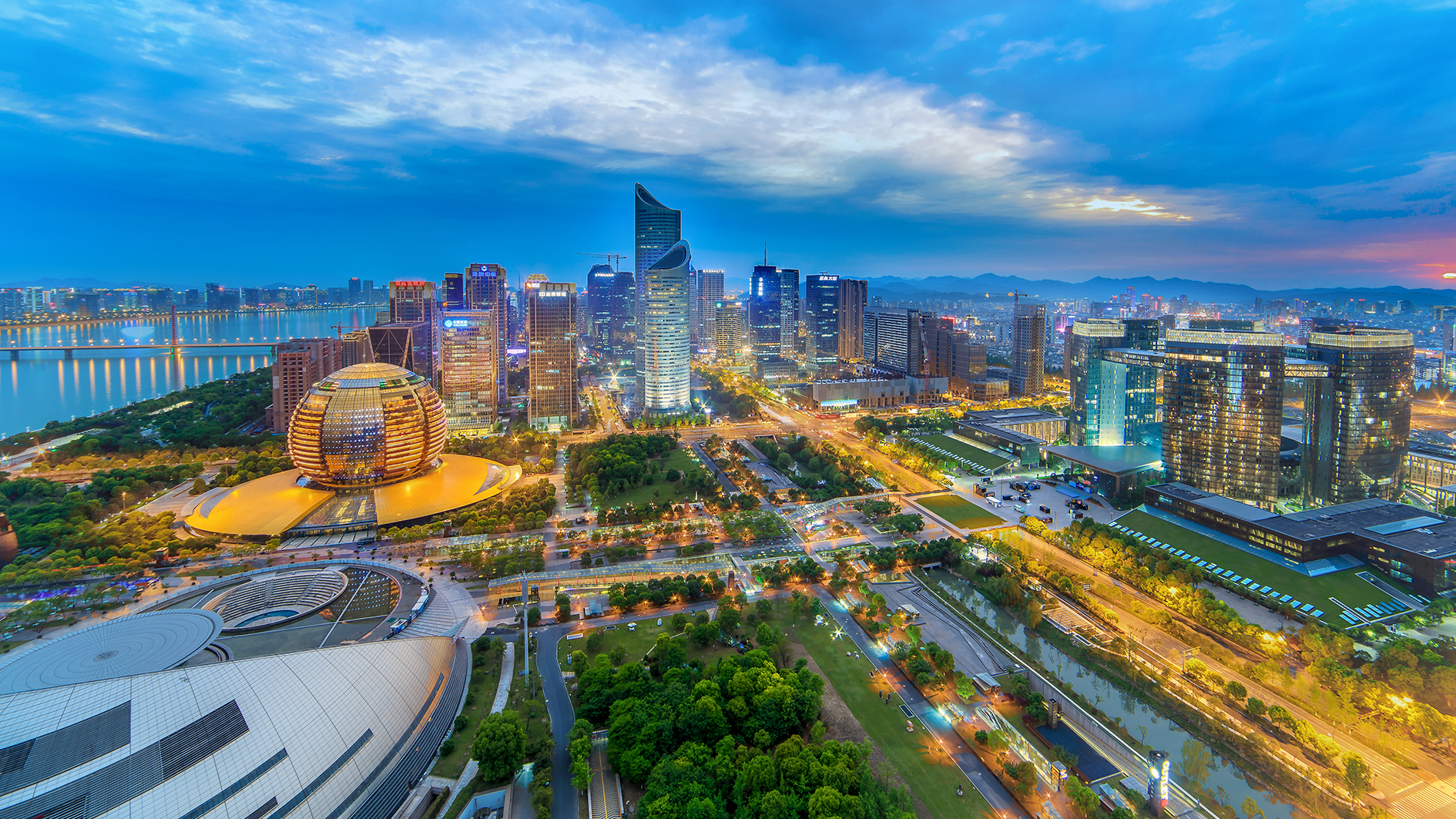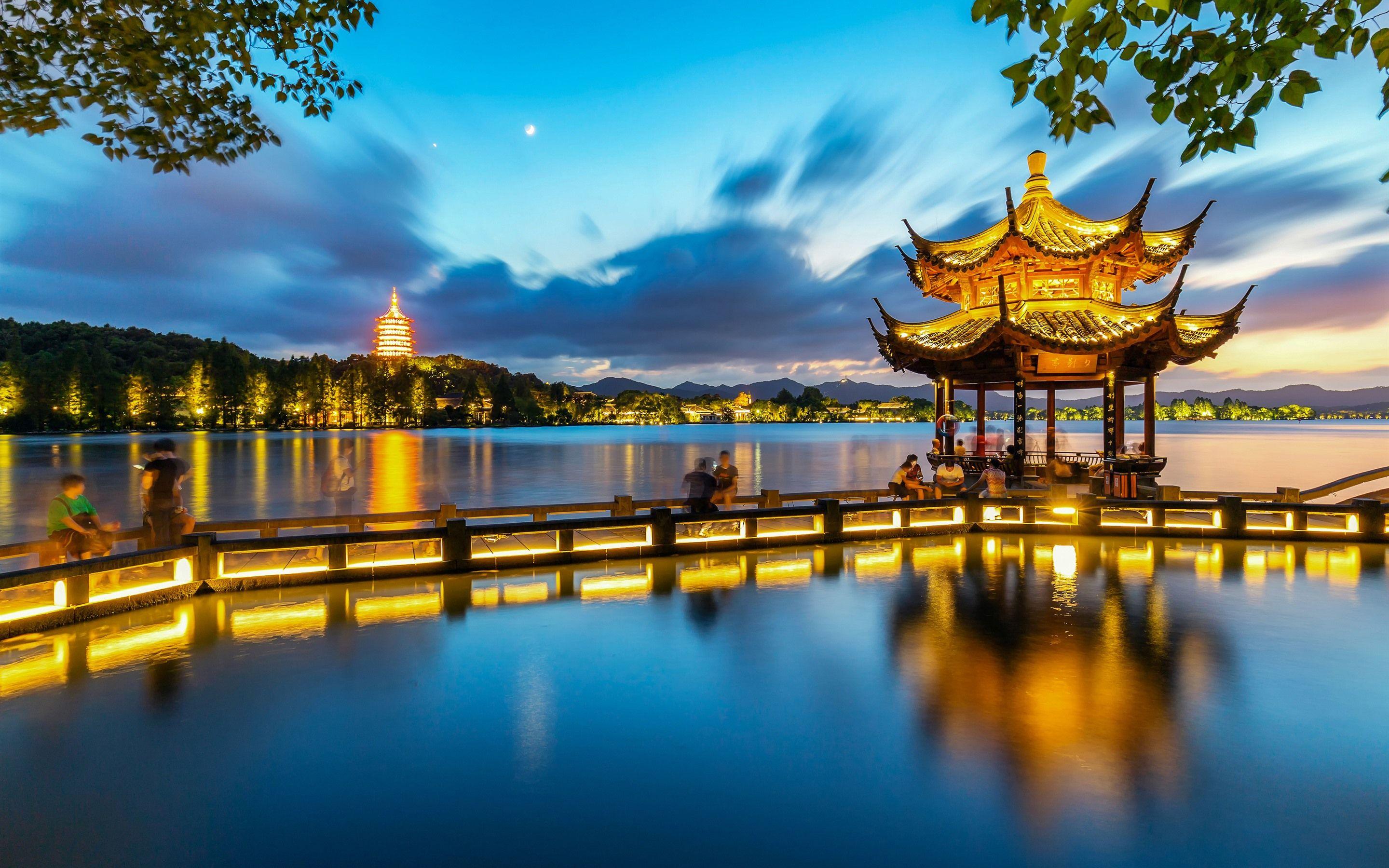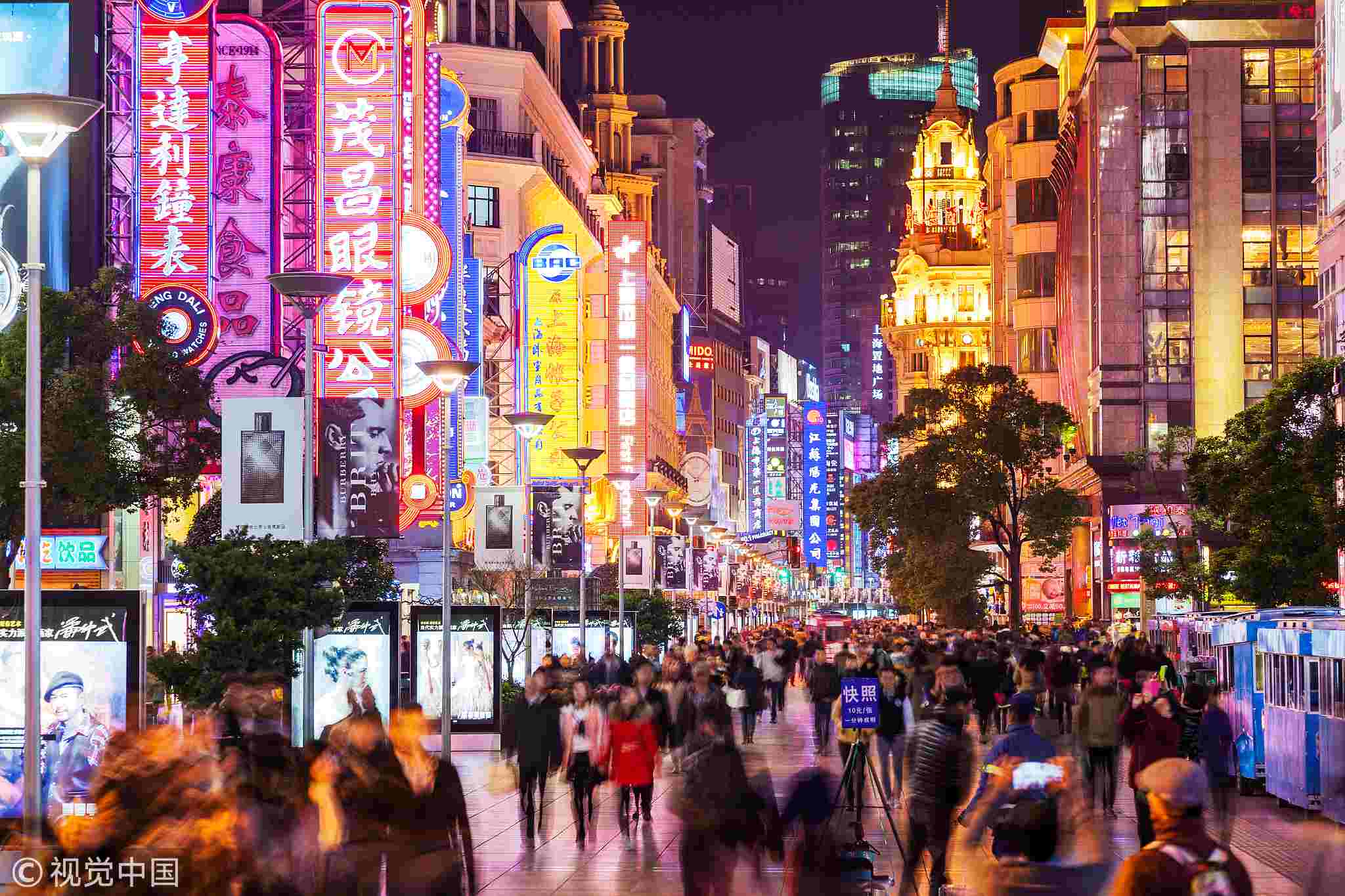
- On 10/07/2023
- In Blogs Travel Tips
- Tags:
Famous pedestrian streets in China: Shanghai, Hangzhou, Suzhou
From VnExpress.net | By: Trịnh Hằng
China — Those three tourist cities of Shanghai, Suzhou, and Hangzhou all have famous pedestrian streets with many unique features.
Pedestrian Streets are always the attractive destinations, places that clearly shows the economic, cultural and social life of each locality. Shanghai, Hangzhou, and Suzhou are three cities that make up a "golden triangle" of tourism, separated by less than an hour by train. If visiting these places, visitors should not ignore the walking streets below. These streets are where you can eat, shop, enjoy the scenery or enjoy the cultural beauty.
Each pedestrian street has its own unique character, but the common point is that it is clean, there is no waste, many modern, free toilets, no "hacking, cheating". When finding your way to the above pedestrian streets, it is best to use the map application Baidu Maps and copy the name. Any pedestrian street in major cities is connected to public transport (subway, bus) so it is convenient and low cost.
Nanjing Road and The Bund, Shanghai
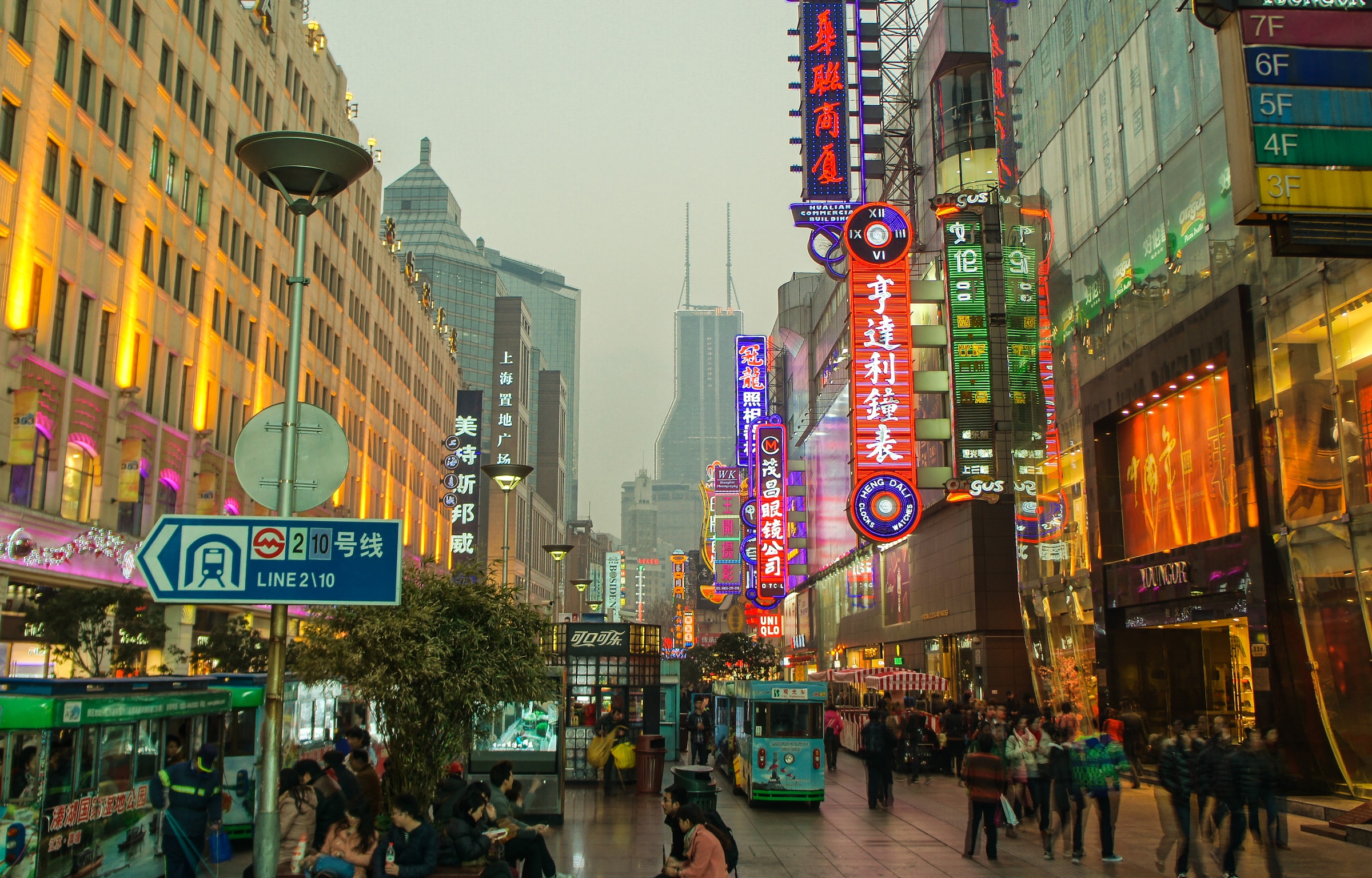
Nanjing Road, Shanghai — As a century-old shopping street in Huangpu District, Shanghai, Nanjing Road was a witness of the city's history. Over time, it has been restructured, undergoing significant changes. Big traditional stores no longer dominate the market since modern shopping malls, specialty stores, theaters, and international hotels have mushroomed on both sides of the street. For shopping convenience, its eastern end has an all-weather pedestrian arcade.

Over 600 businesses on the road offer countless famous brands of superior quality and new fashions. Upscale stores include Tiffany, Mont Blanc, Omega, and Dunhill. Approximately a hundred traditional stores and specialty shops provide choice silk goods, jade, embroidery, wool, and clocks. Shopping lovers will immerse themselves in the joy of purchasing here. Century-old traditional food stores can be easily found on Nanjing Road. You cannot only taste the most authentic Shanghai food here, but also buy some for your friends and families as gifts.
Visiting Tips
Shanghai Nanjing Road consists of the East Nanjing Road and West Nanjing Road, divided by the Middle Tibet Road. Comparatively speaking, East Nanjing Road is busier because of its advantageous location adjacent to the Bund, Shanghai's landmark. Visitors can choose to wander along the whole road or just part of it according to physical strength and time
How to get to Nanjing Road, Shanghai:
Take Metro Line 1, Line 2 or Line 8 and get off at People's Square. Take City Sightseeing Bus Line 1 and get off at Madame Tussauds.
To East Nanjing Road:
Take Metro Line 2, Line 10, or City Sightseeing Bus Line 1 and get off at East Nanjing Rd. Station.
To West Nanjing Road:
Take Metro Line 2, Line 12 or Line 13 and get off at West Nanjing Rd. Station. Take bus 23, 24, 41, 301, 304, or 955 and get off at Shimen Yilu Nanjing Xilu Station.
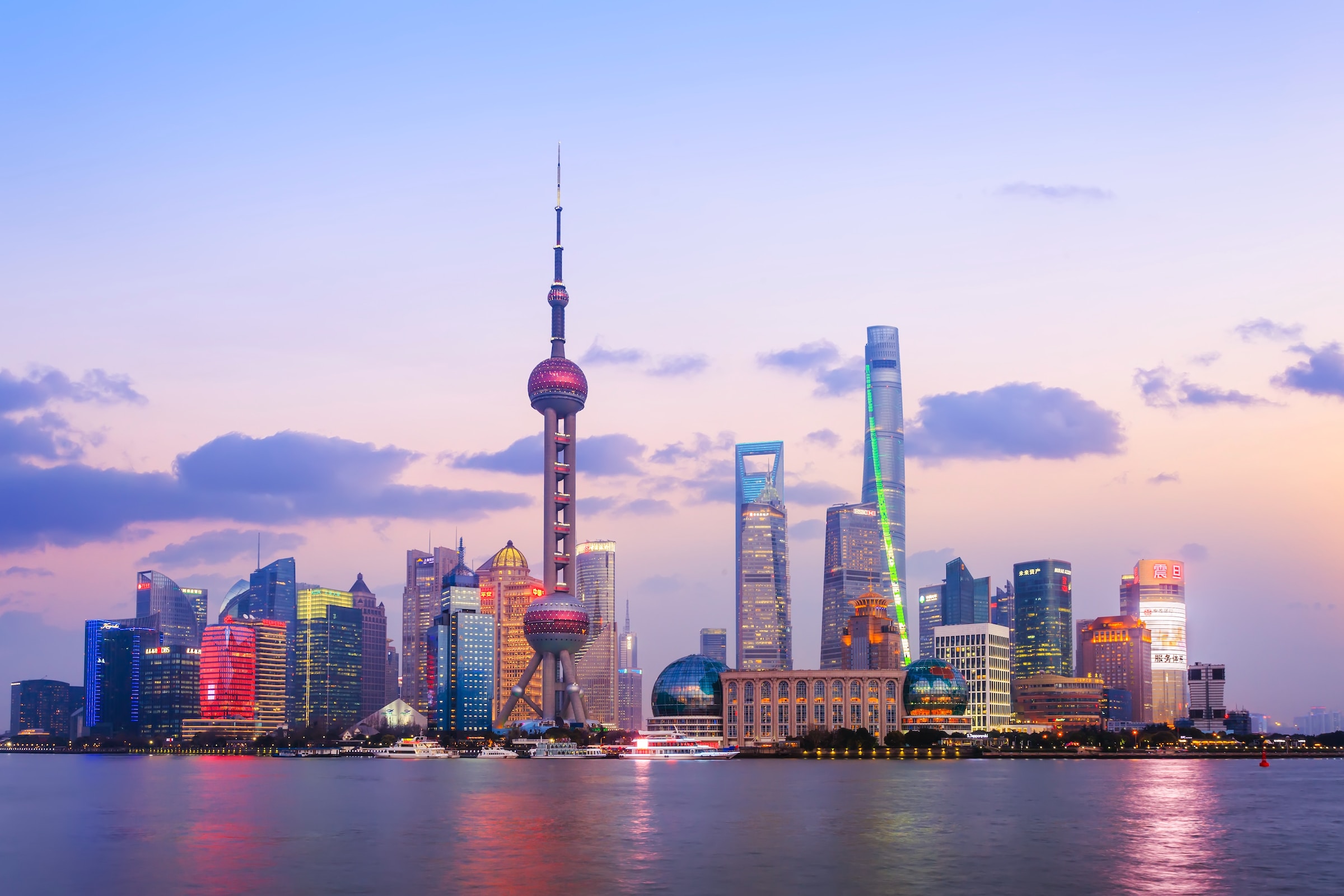
The Bund is one of the famous landmarks of Shanghai that is also known as the “International Architectures gallery”. The place has the best view of the city. Tourists can take a walk along the Huangpu river embankment. You can also view and capture the architectural beauty of Baroque, Gothic, the Renaissance, and the Romanesque and Classicism styles. You can find another beautiful backdrop of Lujiazui which is one of the modern skyscrapers across the Huangpu River.
Shanghai is also called the Paris of East. It is used as a gateway to enter China. It can be daunting to see things in Shanghai. It is a megacity where every corner has something worth seeing which makes it difficult to decide where to start from. Before visiting the city, you must get a definitive guide of places to visit in Shanghai so that your stay is entertaining. Having a list of things to see can help you save time and have a better stay.
Shantang Street and Guanqian Street, Sūzhōu
Shantang Street, an ancient riverside pedestrian road in northwest Suzhou, Jiangsu, is very popular with tourists. From Changmen Gate (the west gate of the ancient city) in the downtown, it winds northwest on the northern bank of the Shantang River, and ends at scenic Tiger Hill. It extends about 2.2 miles (seven li), hence the name ‘Seven-Li Shantang’.
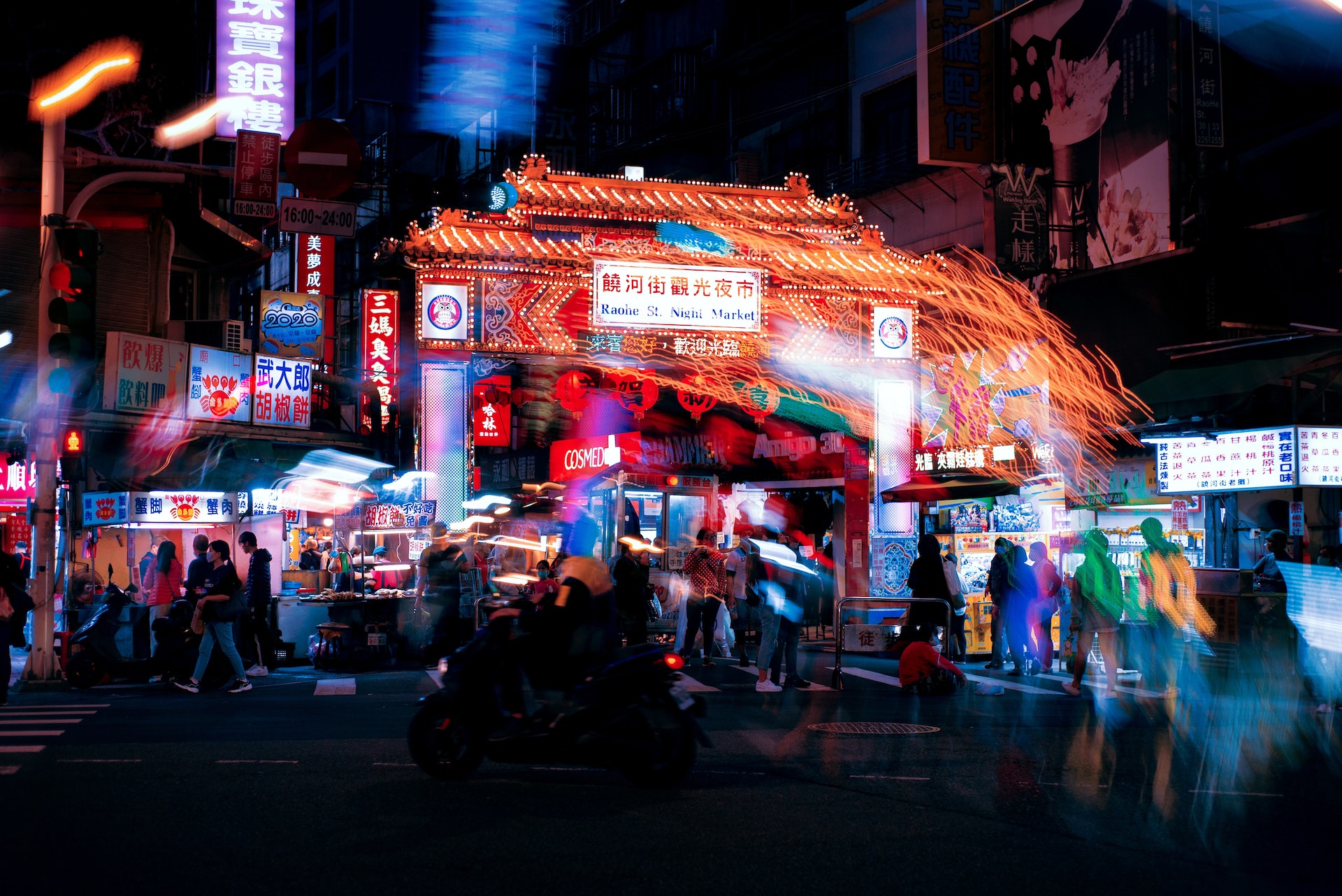
Shantang Street can be sectioned into two by Bantang Bridge. The east part, from Duseng Bridge in Changmen, is built up with houses and shops; while the west part, from the Tiger Hill, is natural landscape. The entire block features typical characteristics of south China in the lower reaches of the Yangtze River. The clear river meanders along under small arched bridges interspersed with wooden boats adrift, passing numerous old residences and shops on the bustling street.
All the above is a picturesque rendering of a beautiful ancient water town in south China. It is ideally a place to stroll, try all kinds of local snacks and pick up souvenirs. You should go boating to take in the street scene from a different angle. When night falls and the red lanterns glimmer below the eaves, it becomes hard to resist. Tourists could not help exclaiming, ‘Yes, this is Suzhou!’
Transportation: Take metro line 2 and get off at Shantang Street Station. Take bus line 7, 34, 44, 64, 85, 161, 304, 315, 317, 318, 406, 415, 522, 921, 970 or 980, and get off at Shantang Street Station.
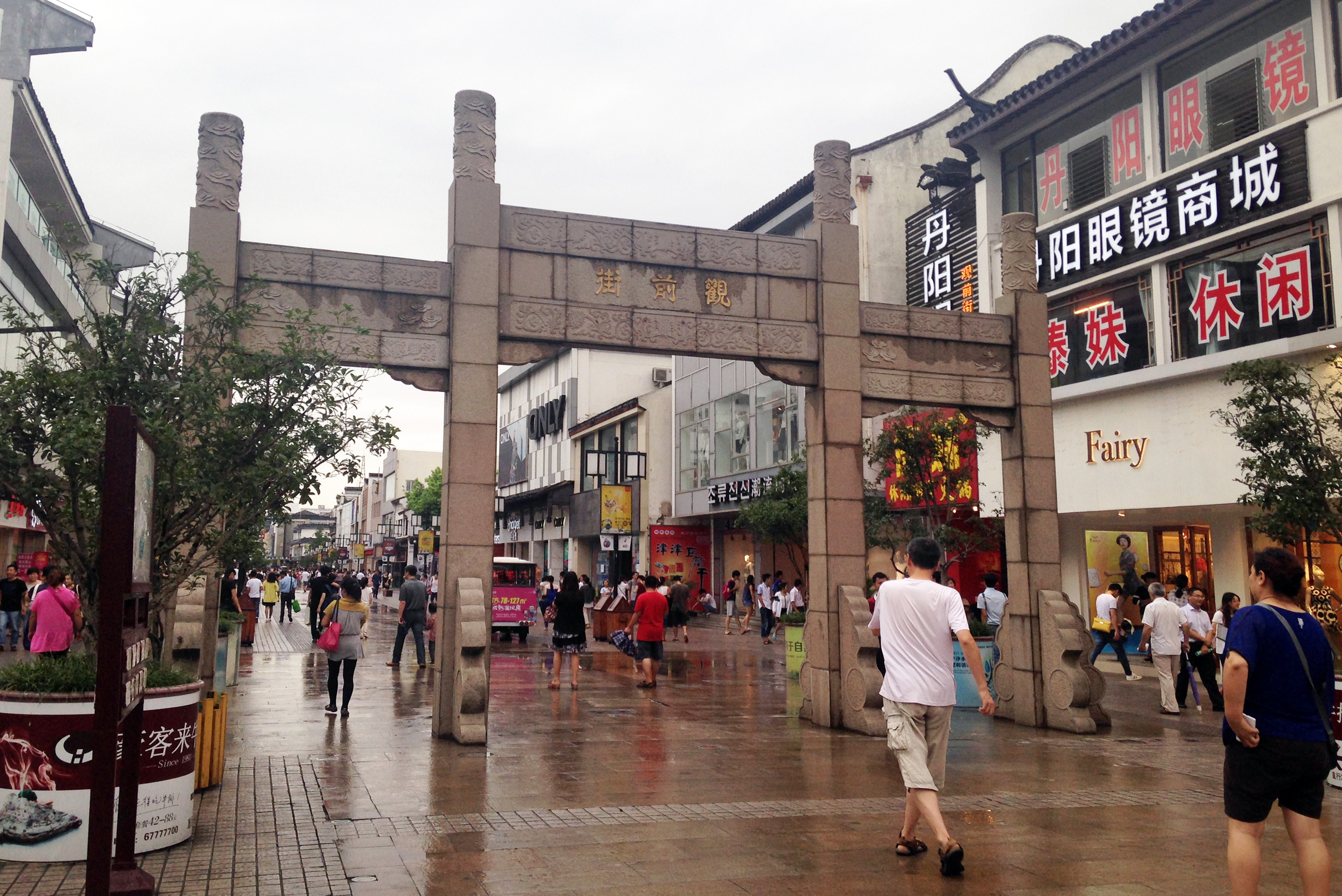
Guanqian Street — This 150-year-old street is one of the "four famous shopping streets" in China. It is known far and wide for its unique blend of old and new attractions. Gourmands and tourists should not miss the cuisine and culture contained on this classic strip. The street consists of the eastern, middle, and western sections. The eastern part is filled with ancient buildings of historical significance. The middle section features the temple, and the western section boasts many fashionable shops for pedestrian shoppers.
With its century-old shops and restaurants serving authentic Suzhou cuisine, strolling on Guanqian Street is a favorite pastime for locals and tourists alike who wish to enjoy ancient history with modern sights. The restored ancient street is used to reach the magnificent temples on and around it to discover centuries of Chinese history. Only recently has the encroaching modern China made it a place for elegant shopping and tourism.
Transport: an 8–10 minute walk from Lindun Road or Leqiao station on metro line 1, or a taxi from the city center costs around 15 yuan.
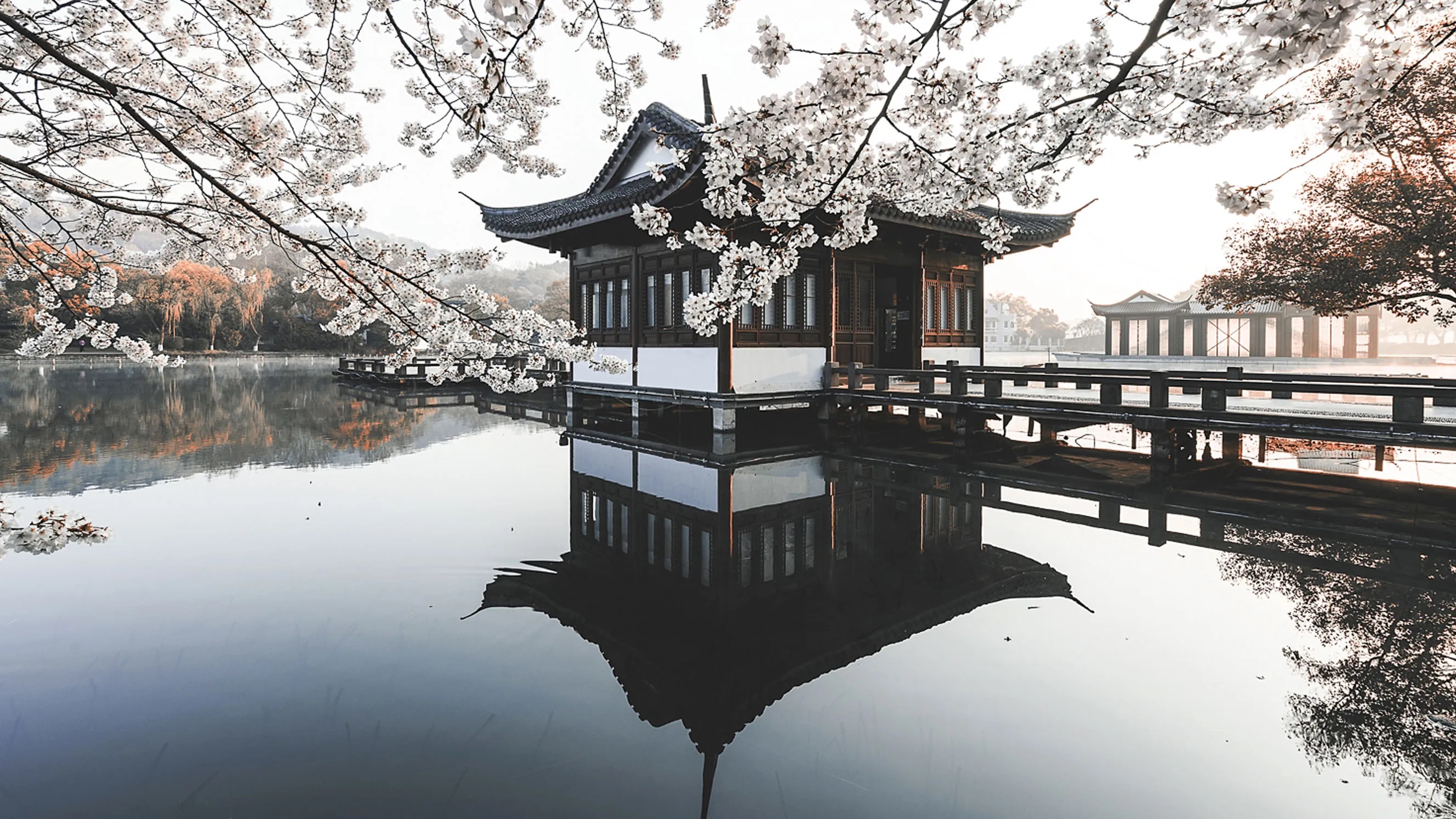
Hefang Street and Wulin Night Market, Hangzhou
Hefang Street, once called Taiping Street, dates back to the time South Song Dynasty when Hangzhou was the capital city. In 1152, General Zhang Jun (张俊) was conferred the title of as was “Qinghe County King”. In order to highlight his high status, Zhang Jun began to build his mansion around Taiping Street. People called this site as Qinghe Fang and renamed Taiping Street as Hefang Street. In South Song Dynasty, Hefang Street has been a rather prosperous business site and the center of culture and politics. It is said that Zhang Jun once invited to Emperor Gaozhong to have an unprecedented feast of China’s history in Qinghe Street and the menu came down and became today’s Hangzhou Dishes.
Nowadays, Hefang Street is the most famous and the only well-preserved ancient street in Hangzhou. It represents the old story and showcases the folk culture of Hangzhou. The cobbled street is lined with lots of time-honored stores from which you will get a better understanding of ancient Hangzhou and Ancient China. You could explore the traditional Chinese Medicine Culture, enjoy the delicate handicrafts, taste the delicious Hangzhou dishes...
Food & Drinking: In Hefang Street, you can satisfy your stomach with tasty local food. At far end of Hefang Street are many stalls for street foods like crabs, squids, stinky tofu, BBQ, cool noodles and so on. There is a 140-year-old teahouse called Taiji Teaism where people like to have a cup of tea, listen to the popular tune and enjoy the performance of tea-brewing. Don’t miss it.
Hefang Street is located in the west part of Hangzhou city, and can be reached conveniently: 3 km from West Lake, 20 min’s walk from the Willows Park; 8 km from Hangzhou East Railway Station, 20 min’s driving; 10 km from Lingyin Temple, 30 min’s driving; Metro Line 1 will have a stop in Dingan Road which is about 1 km from Hefang Street. With 10 min’s walk, you can get to Hefang Street.
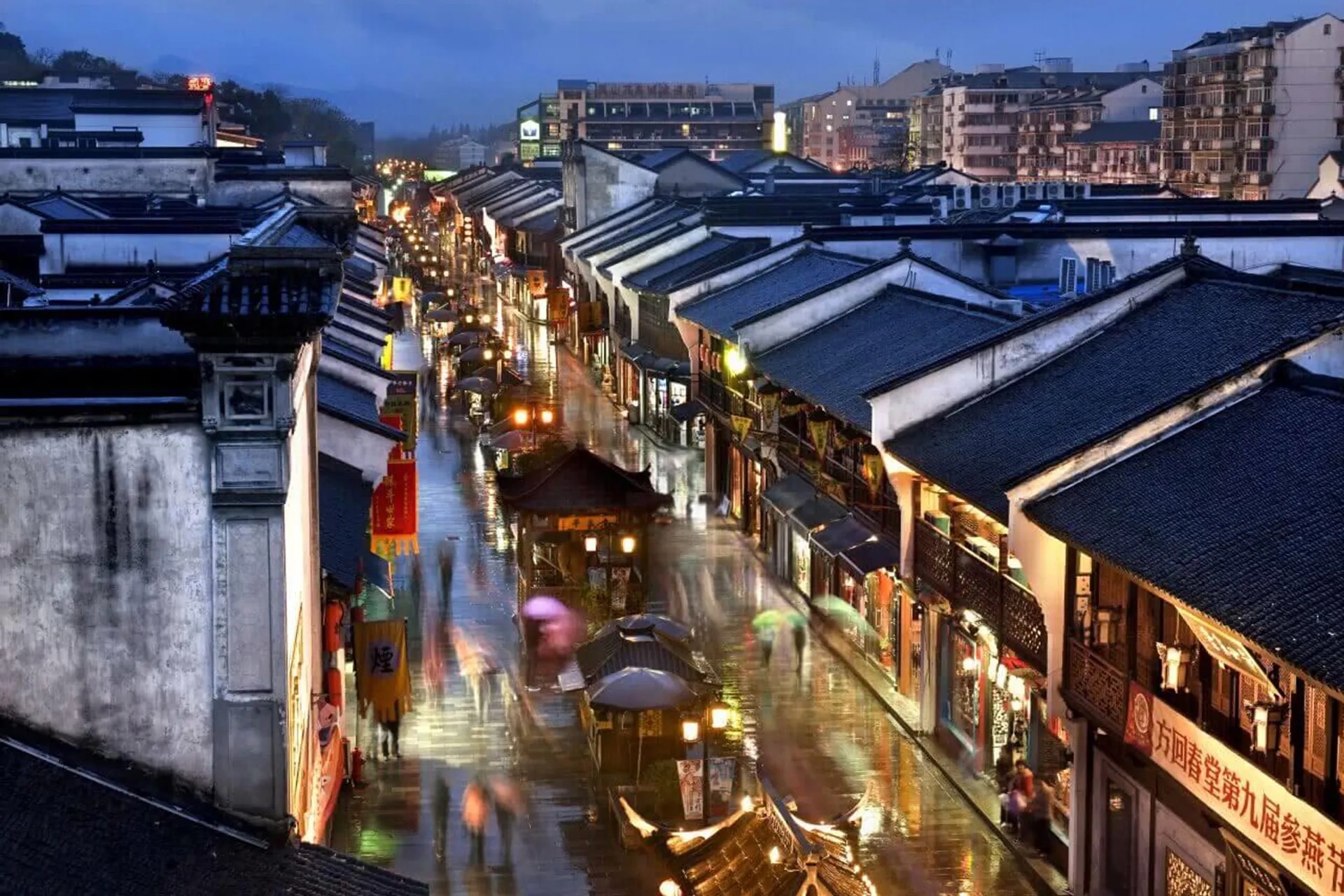
Wulin Night Market, also known as Wulin Road Fashion Street. Located in the downtown area of Hangzhou city, Wulin road is one of the main roads in the downtown area. The whole block is: Wulin road, Fengqi road, Yan 'an road and Longyou road. Wulin Road making beauty for women although the street is named after fashionable women's wear, Hangzhou's citizens are used to being called Women's Street.
At the end of 2001, the Hangzhou municipal government put forward the goal of building the Women's Wear Capital of China. Wulin road is located in the city center and adjacent to the west lake scenic area. Therefore, the reconstruction of Wulin road is positioned as a commercial street featuring the exhibition and sale of fashionable women's wear and women's articles, which integrates tourism, shopping and leisure. Before that, Wulin road was just an ordinary street in Hangzhou. Today, Wulin road is the golden card representing Hangzhou commercial street. In the future, Wulin road will become the first street for Chinese women's wear.
The business model of Wulin road has gradually changed. Besides selling women's clothes, there are various food stalls here. Business hours also changed to the mode of night business, the prototype of Wulin Night Market gradually formed, has been continued to this day. Wulin road now has gradually become the third largest night market in Hangzhou, which is as famous as Qinghefang Street and Wushan Night Market.
How to get there: Take the Metro Line 2 drop off at Fengqi Road station (exit B), then go straight west for 200 meters (beside the Wyndham Grand Hotel)
Bài Trịnh Hằng | vnexpress.net
Thiên Xuân Travel
📨 booking@thienxuantravel.com
☎️ +84 888 890 898 — 0938 558 228
